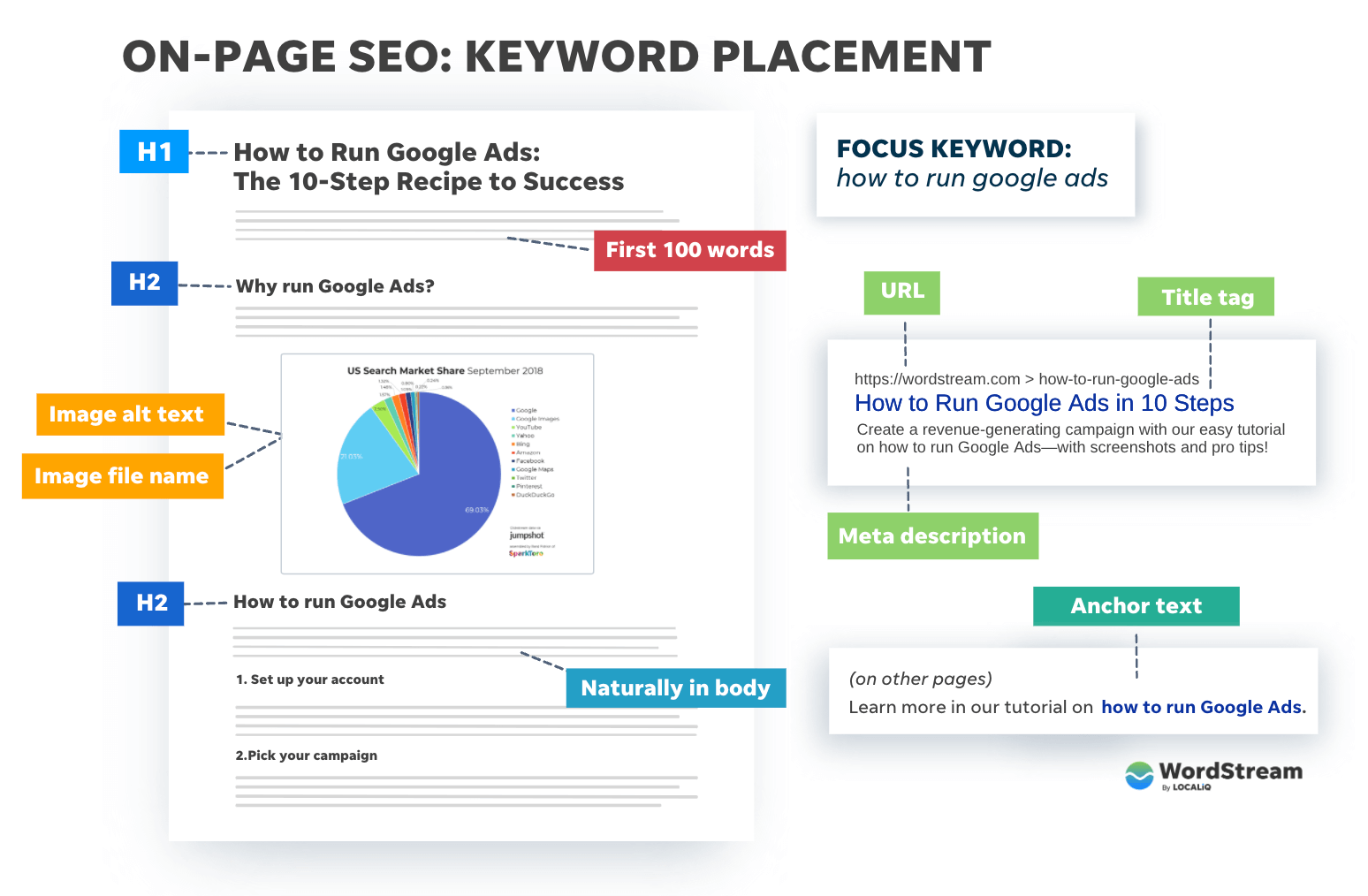Crucial Overview to Secondary Dimensions in Google Analytics: Definition, Advantages, and Applications
Crucial Overview to Secondary Dimensions in Google Analytics: Definition, Advantages, and Applications
Blog Article
Optimizing Your Data Interpretation With Secondary Measurement in Google Analytics for Informed Decision-Making
Google Analytics, an effective device in the hands of digital marketers and experts, supplies a feature known as Additional Measurement. By touching into the capacities of Secondary Dimension, customers can get an extra thorough sight of their information, allowing them to make tactical choices based on a much more in-depth and nuanced evaluation.
Comprehending Additional Dimension Performance
Understanding the additional dimension capability in Google Analytics boosts the depth of information analysis by offering extra context to primary metrics. By integrating a second measurement, analysts can section and contrast data, obtaining understandings that would certainly or else remain covert. This function enables users to see information through different lenses, such as the source of traffic, user actions, or geographical place, using a more extensive understanding of site performance.
Using second measurements can expose patterns and relationships that might not be obvious when looking solely at primary metrics. Pairing the main metric of web page views with an additional measurement like device category can uncover whether specific devices drive more traffic to particular pages. This information can then notify internet site optimization strategies tailored to different tool individuals.
Executing Additional Dimension in Reports
Structure upon the insights obtained with additional dimension evaluation, incorporating these dimensions properly into records in Google Analytics is crucial for extracting workable data-driven choices. what is a secondary dimension in google analytics. By applying second measurements in records, customers can delve deeper into the performance metrics of their website or application. This function permits a more detailed analysis by giving extra context to the primary measurement picked
To implement a secondary measurement in reports, just browse to the desired record in Google Analytics and click on the "Second measurement" tab located above the data table. From there, individuals can pick from a wide variety of additional dimensions such as 'Source/Medium', 'Tool Category', or 'Touchdown Page'. Picking the most relevant second dimension will certainly rely on the specific insights you are seeking to discover.
Using secondary dimensions in reports not only enhances the depth of evaluation but additionally aids in determining patterns, patterns, and correlations that might have or else gone unnoticed. This tactical approach to information analysis makes it possible for companies to make enlightened choices that drive growth and success.

Analyzing Data With Additional Dimensions
Upon incorporating secondary dimensions right into data analysis within Google Analytics, a comprehensive evaluation of crucial performance indications can be accomplished, offering important insights for calculated decision-making. By utilizing second measurements, analysts can even more explore their primary information dimensions, such as web traffic resources or individual demographics, to discover patterns or patterns that might not be quickly evident. This much deeper level of evaluation enables a more detailed understanding of customer behavior and interactions on a web site or digital platform.
Analyzing information with secondary measurements enables marketers and web site owners to address more specific questions concerning their audience, material efficiency, and marketing efforts. For example, by combining the primary measurement of traffic sources with a second dimension like geographical area, services can determine which regions drive one of the most important traffic to their website. This kind of granular understanding can notify advertising and marketing methods, material creation, and website optimization initiatives to much better cater to the demands and preferences of their target market.
Leveraging Additional Dimensions for Insights
By including second measurements properly, experts can remove deeper understandings from data collections in Google Analytics, improving the understanding of user behavior and efficiency metrics. Leveraging additional measurements involves integrating various features or metrics with main data to reveal patterns and trends that may not be obvious initially look. As an example, by adding a secondary measurement such as 'Tool Group' to a report on internet site traffic, experts can recognize whether user behavior differs across various tools like desktop computers, mobile phones, or tablet computers.
Moreover, utilizing secondary measurements permits analysts to segment information much more granularly, allowing them to determine particular target market segments or geographic locations that display unique behaviors. what is a secondary dimension in google analytics. This division can be crucial in customizing advertising and marketing techniques, optimizing website material, or boosting customer experience based on the unique attributes of each section
In essence, leveraging second dimensions in Google Analytics encourages analysts to delve much deeper into data, derive purposeful insights, and make educated choices that drive company growth and success.
Enhancing Decision-Making With Second Dimensions
Using second dimensions in data evaluation offers a critical advantage by discovering actionable insights that drive informed decision-making in Google Analytics. By enhancing decision-making with second dimensions, users can dig deeper right into their data to extract important info that might not be promptly apparent. These added dimensions provide an even more detailed view of user actions, interactions, and outcomes, enabling analysts to make more enlightened choices based upon concrete data.
Via the usage of second dimensions, analysts can section and filter data to identify patterns, fads, and relationships that might affect decision-making processes. This enhanced level of granularity allows for a more targeted method to analyzing information, bring about more Visit Website insightful and precise conclusions.
In addition, additional measurements provide the possibility to compare various information points side-by-side, promoting an extra comprehensive examination of efficiency metrics and KPIs. By leveraging additional measurements successfully, companies can enhance their methods, enhance customer experiences, and eventually achieve their objectives with confidence.
Verdict

Structure click site upon the understandings acquired with additional dimension evaluation, integrating these dimensions properly into reports in Google Analytics is critical for extracting workable data-driven choices.To execute an additional dimension in records, just browse to the desired record in Google Analytics and click on the "Second measurement" tab situated above the data table. By making use of additional measurements, analysts can better check these guys out dissect their key data dimensions, such as web traffic resources or user demographics, to uncover patterns or trends that might not be promptly apparent. By incorporating the primary dimension of website traffic resources with a second dimension like geographical place, companies can identify which areas drive the most useful web traffic to their site.By integrating secondary measurements properly, experts can draw out much deeper insights from data collections in Google Analytics, improving the understanding of user actions and efficiency metrics.
Report this page